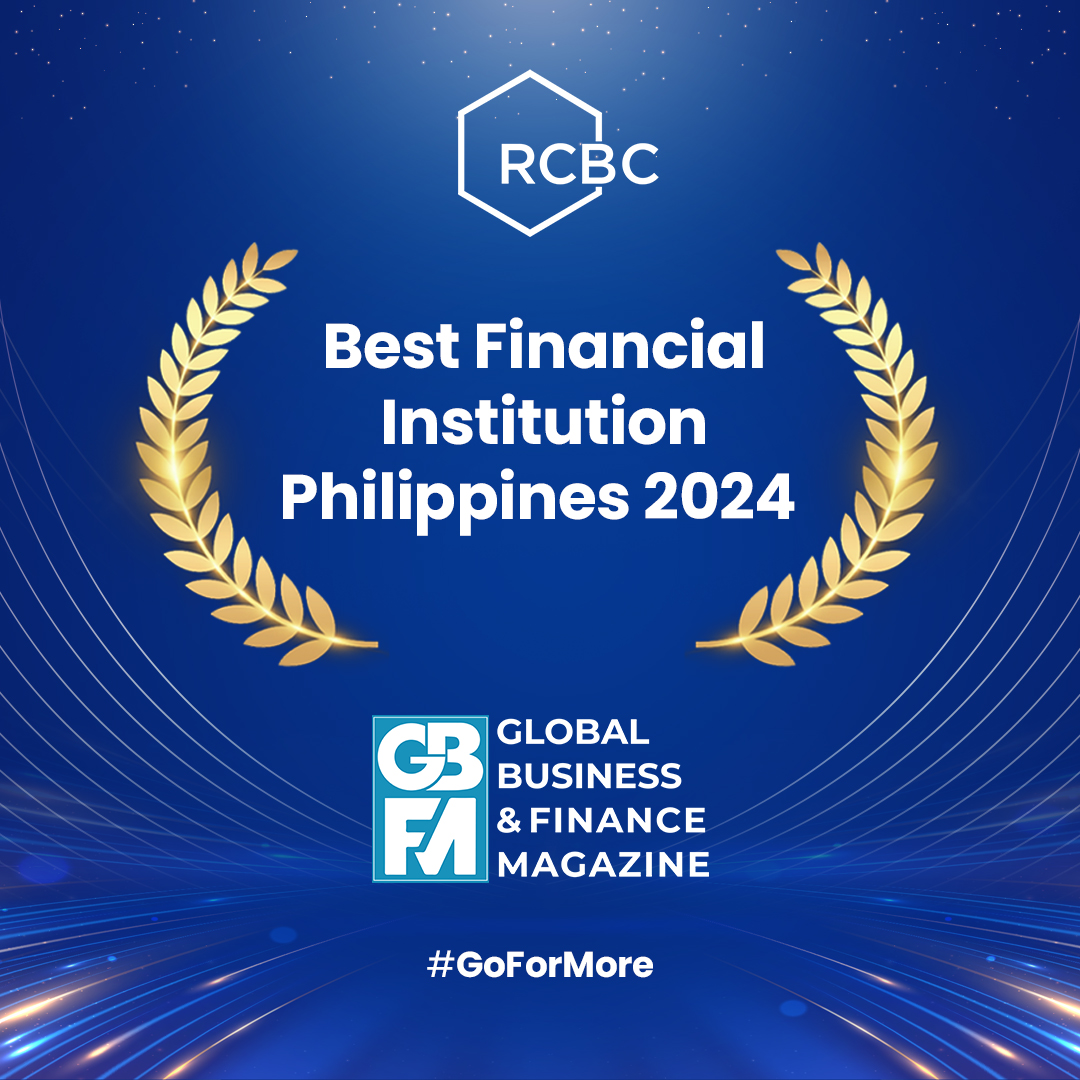Asia and the Pacific urgently needs to close the climate-related insurance gap. Solutions like green bonds, parametric insurance, and adaptation financing emphasize partnerships, nature-based investments, and tech-driven risk assessments to boost resilience.
Insurance coverage in Asia and the Pacific is facing a growing gap between the losses caused by climate-related disasters and the amount of money that is actually protected by formal policies. This shortfall has created heightened financial risks for businesses, governments and communities.
Amid worrying signs of rising natural catastrophes and escalating greenhouse gas emissions, there are emerging solutions designed to close the protection gap and promote resilience.
Understanding the difference between total and insured losses reveals the extent of underinsurance in many parts of Asia and the Pacific, where rapidly expanding urban populations and infrastructure remain vulnerable to floods, storms and extreme heat.
The gap is especially stark in areas with limited coverage, or where coverage exists but fails to match the true scale of potential losses. The result underscores a critical need for greater insurance penetration and more innovative products that provide both economic protection and social benefits.
Asia and the Pacific, which accounts for about 60% of global greenhouse gas emissions, has been warming faster than the global average, with record-breaking heat waves, more frequent typhoons and acute biodiversity losses. The region’s dependence on fossil fuels and the breakneck speed of urbanization exacerbates its exposure to climate hazards.
Insurance can be an important tool to address these issues and a powerful catalyst for resilience. It should not only pay out after calamities strike but also incentivize risk mitigation and sustainable growth.
This includes mitigation financing, where insurance companies encourage emissions reductions by offering premium discounts for adopting solar panels or other renewable energy systems.
Some insurers have invested heavily in green bonds in recent years, funnelling capital toward projects that lower emissions. Others have used parametric insurance to deliver quick payouts once certain conditions are met, such as rainfall thresholds or wind speeds. These measures, combined with investments in sustainable infrastructure, can address the region’s climate financing deficit and advance low-carbon development.
Adaptation financing is also gaining traction, with insurers and policymakers seeking to protect vulnerable communities. Researchers estimate that Asia and the Pacific need trillions of dollars in adaptation funding to defend against rising sea levels, coastal erosion, and extreme weather events.
Risk assessments can highlight areas most in need of strengthened flood defenses, sea walls or other infrastructure upgrades. Some insurance providers offer incentives, including premium discounts, to reward proactive steps that reduce vulnerability.
Public-private partnerships are another key component of adaptation financing, as governments partner with private companies to channel resources into large-scale climate-proofing projects.
By deploying insurance as more than just a safety net—turning it into a driver of mitigation, adaptation, and nature-based protection—leaders across public and private sectors can transform a looming crisis into a moment of opportunity.
Nature-based financing is emerging as another critical area of focus. Scientists warn that failing ecosystems increase the severity of disasters and undermine industries such as tourism and agriculture. Reforestation, wetland restoration, and sustainable farming practices protect biodiversity while reducing the likelihood of catastrophic floods and landslides.
More money must be directed to nature-based solutions, which can, in turn, create new economic opportunities for local communities. Green bonds, sustainability-linked loans and impact investing are among the mechanisms driving greater investment in forests, watersheds and other vital ecosystems. This work not only slows biodiversity loss but also positions nature as a strategic shield against climate volatility.
Climate risk financing ties these initiatives together. Many governments are working on policies that acknowledge losses from climate disasters cannot be entirely prevented through mitigation and adaptation alone.
A risk-layered approach categorizes threats by severity, allocating specific instruments for more frequent but smaller-scale events and separate capital for rarer, catastrophic scenarios. This approach helps ensure the right resources are directed to the right types of disasters, reducing overall financial strain and speeding recovery.
Innovative financing solutions like impact investing and other de-risking instruments like blended finance are becoming integral to bridging the region’s resilience deficit. Traditional sources—debt, equity, and grants—often fall short of the immense capital needed to weather the effects of climate change.
Insurance-linked instruments, such as catastrophe bonds, transfer risk to investors rather than placing it all on taxpayers or policyholders. Resilience bonds, similarly, finance projects that minimize losses by improving flood defenses or building sturdier infrastructure. These tools channel more money into preventive measures while spreading the financial exposure in a way that bolsters long-term sustainability.
The fast-rising field of climate fintech is also coming into play, leveraging technology to address environmental threats. Artificial intelligence and machine learning can refine risk assessments, enabling insurers to price policies more accurately and respond swiftly to disasters.
Sensors, satellite imagery, and data analytics identify high-risk regions, measure carbon output, and track changes in land use. Digital platforms also help make insurance more accessible, especially to remote areas that may lack traditional banking services. By improving underwriting and claims processing, Insurtech solutions streamline coverage and ensure crucial funds reach the communities needing them the most.
Banks, insurers, and capital markets are collaborating to unlock new sources of funding. Equity markets in some Asia and Pacific countries have tripled since the 1990s, and although market depth remains a challenge, the potential for expansion is significant.
Debt instruments are also being reimagined to factor in climate risks, with green bonds and sustainability-linked bonds among the fastest-growing segments. Financial institutions increasingly integrate environmental, social, and governance criteria into lending practices, rewarding businesses that shrink their carbon footprint or bolster local resiliency.
Success depends on collaboration among governments, the private sector, and international partners to ensure vulnerable communities are not left behind. They see expanding digital platforms, adapting policies to local risk conditions and prioritizing nature-based strategies as ways to shield economies from escalating climate risks.
Despite the enormous challenges, these solutions represent a significant step toward comprehensive resilience in Asia and the Pacific. By deploying insurance as more than just a safety net—turning it into a driver of mitigation, adaptation, and nature-based protection—leaders across public and private sectors transform a looming crisis into a moment of opportunity.
Through combined efforts in finance, technology and governance, they can secure a future where insurance coverage and climate resilience go hand in hand.
source: ADB blogs



































































